Member Spotlight: SoftBank Champions the Shift to AI-Native RAN
The AI-RAN Alliance brings together global leaders at the intersection of artificial intelligence (AI) and radio access networks (RAN). One of the most prominent among them is SoftBank Corp., a long-standing innovator in telecommunications and a company now driving the future of AI-native RAN technologies.
As both a founding member and strategic contributor, SoftBank is playing a central role in shaping how AI is integrated into the very fabric of next-generation telecom networks. We recently spoke with Alex Jinsung Choi, Chair of the AI-RAN Alliance and Principal Fellow at SoftBank’s Research Institute of Advanced Technology, about SoftBank’s vision and leadership in this space.
Where Telecom Meets AI Innovation
SoftBank is widely known as a major connectivity provider, but its ambitions go well beyond mobile service. The company has steadily evolved into a technology powerhouse focused on applying AI across the telecom value chain. Much of this work is led by its Research Institute of Advanced Technology, which leads SoftBank’s contributions to the AI-RAN Alliance.
“Our strategic vision is clear,” Choi explained. “We aim to establish global leadership in AI-native radio access network technologies, while unlocking new AI-driven business opportunities by leveraging the synergies between our robust network infrastructure and a GPU-based infrastructure.”
GPU (graphics processing unit)-based infrastructure plays a critical role in training and deploying AI models at scale. When combined with high-performance telecom networks, it opens the door to faster, more efficient, and more intelligent communications systems.
Why SoftBank Founded the AI-RAN Alliance
According to Choi, the decision to found the AI-RAN Alliance was rooted in SoftBank’s long-term strategy: “We see the Alliance as a critical platform for shaping the global direction of AI-RAN.”
He noted that SoftBank is especially focused on helping define the architecture of AI-native RAN, including frameworks such as AI-for-RAN, AI-and-RAN, AI-on-RAN, and AI-native orchestration and the applications of generative AI or network intelligence.
As part of this effort, SoftBank has developed AITRAS, an integrated AI-RAN solution, which is positioning as a reference architecture within the Alliance.
The Future of RAN Is AI-Native
Choi emphasized that AI should not be seen as a bolt-on tool for optimizing existing networks. Rather, it should be woven into the foundational design of future radio access network systems.
“We envision a future where RAN is fundamentally AI-native,” he said. “That means AI is an integral part of network design, operations, and optimization from the ground up.”
SoftBank plays an active leadership role in several AI-RAN Alliance initiatives. The company is contributing to the AI-for-RAN and AI-and-RAN working groups, particularly in areas such as sounding reference signal (SRS) prediction and AI orchestration.
“These efforts are essential to ensuring AI solutions are not only innovative, but also practical, deployable, and verifiable across the telecom industry,” Choi said.
One area of active exploration is how AI can enhance spectral efficiency — a key performance metric that measures how efficiently an available radio frequency spectrum is used. By using AI to manage multi-cell scheduling and dynamically adjust key network parameters, operators can improve both performance and energy efficiency.
Separately, SoftBank recently announced a groundbreaking advance in AI-for-RAN. The company developed a Transformer-based AI architecture that boosts 5G throughput by approximately 30%. Demonstrated in a live wireless environment, the architecture delivers ultra-low-latency operation, addressing the typical performance–speed trade-off and underscores readiness for practical deployment. This marks a crucial step for AI-for-RAN, highlighting its significant progress from concept to practical implementation. SoftBank is planning to contribute this work to the AI-for-RAN working group.
Beyond architecture and orchestration, the company has also developed a Large Telecom Model — a generative AI foundation model trained on enterprise-wide data to replace a broad range of manual operations — and advanced AI orchestrators to enable real-time, intelligent control of network functions.
“Our goal is to demonstrate the practical application of AI-native principles,” Choi said. “We want our blueprints and management stacks to serve as proof points within the Alliance.”
SoftBank is also investing in AI-on-RAN to support emerging use cases at the network edge, from smart cities to industrial automation. “This will enable entirely new applications, leveraging the RAN’s inherent computing and communication capabilities,” Choi said.
Opportunities Ahead: New Revenue Models and Shared Infrastructure
When asked about the biggest opportunities for AI-RAN over the next five years, Choi pointed to two transformational trends.
First is the ability to unlock new revenue streams through AI at the edge. As telecom operators move beyond declining traditional services, edge computing powered by AI opens the door to new offerings across industries — from smart infrastructure to enhanced consumer experiences.
The second opportunity lies in the convergence of RAN and GPU-based infrastructure. By allowing AI workloads and telecom functions to run side by side on shared resources, operators can improve asset utilization while adapting to rapidly growing demand for AI inferencing.
Learn More About Membership
The AI-RAN Alliance thrives on collaboration across the telecom and AI communities. To learn how your organization can contribute to the future of AI-RAN, visit our membership page.

